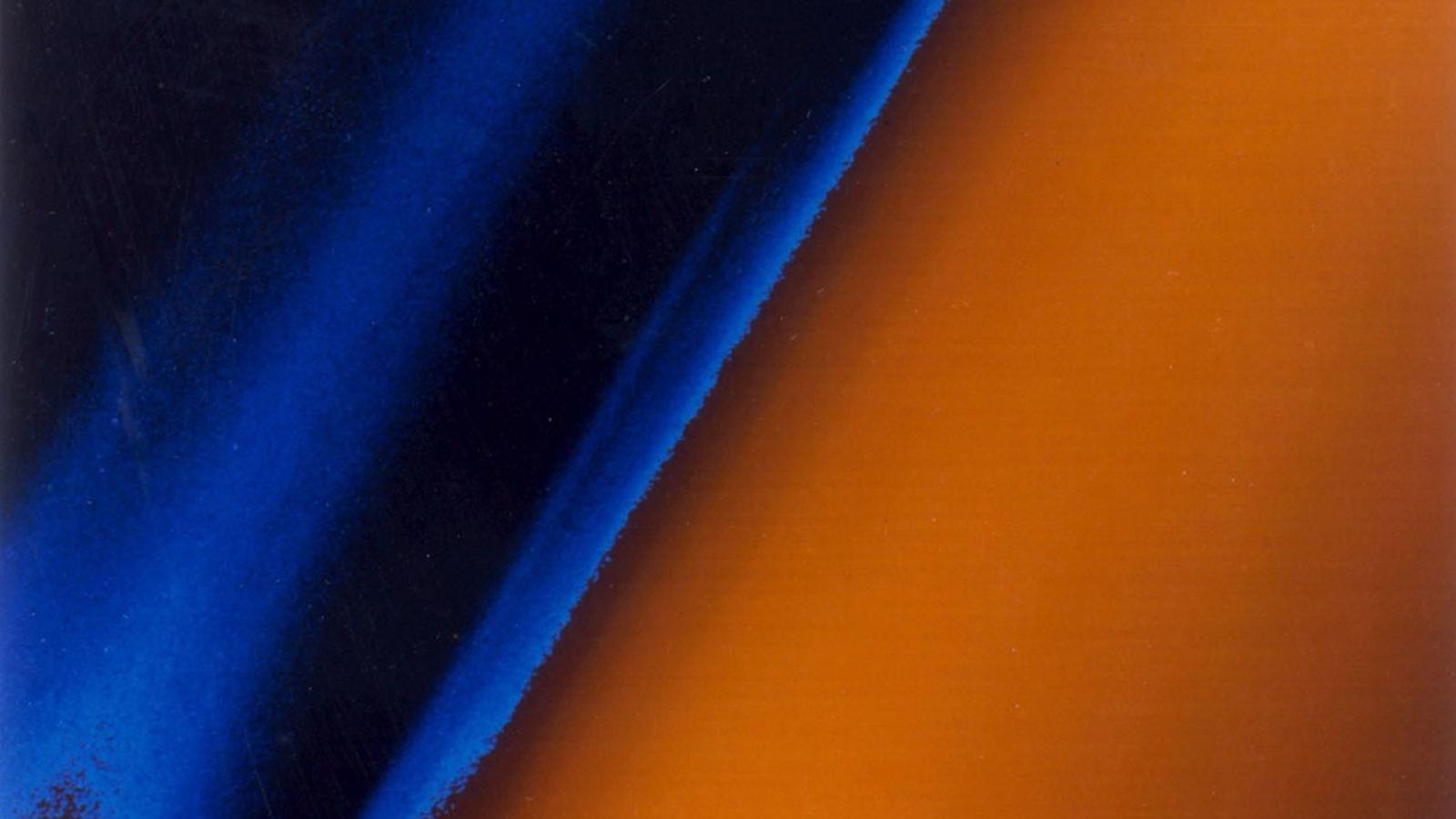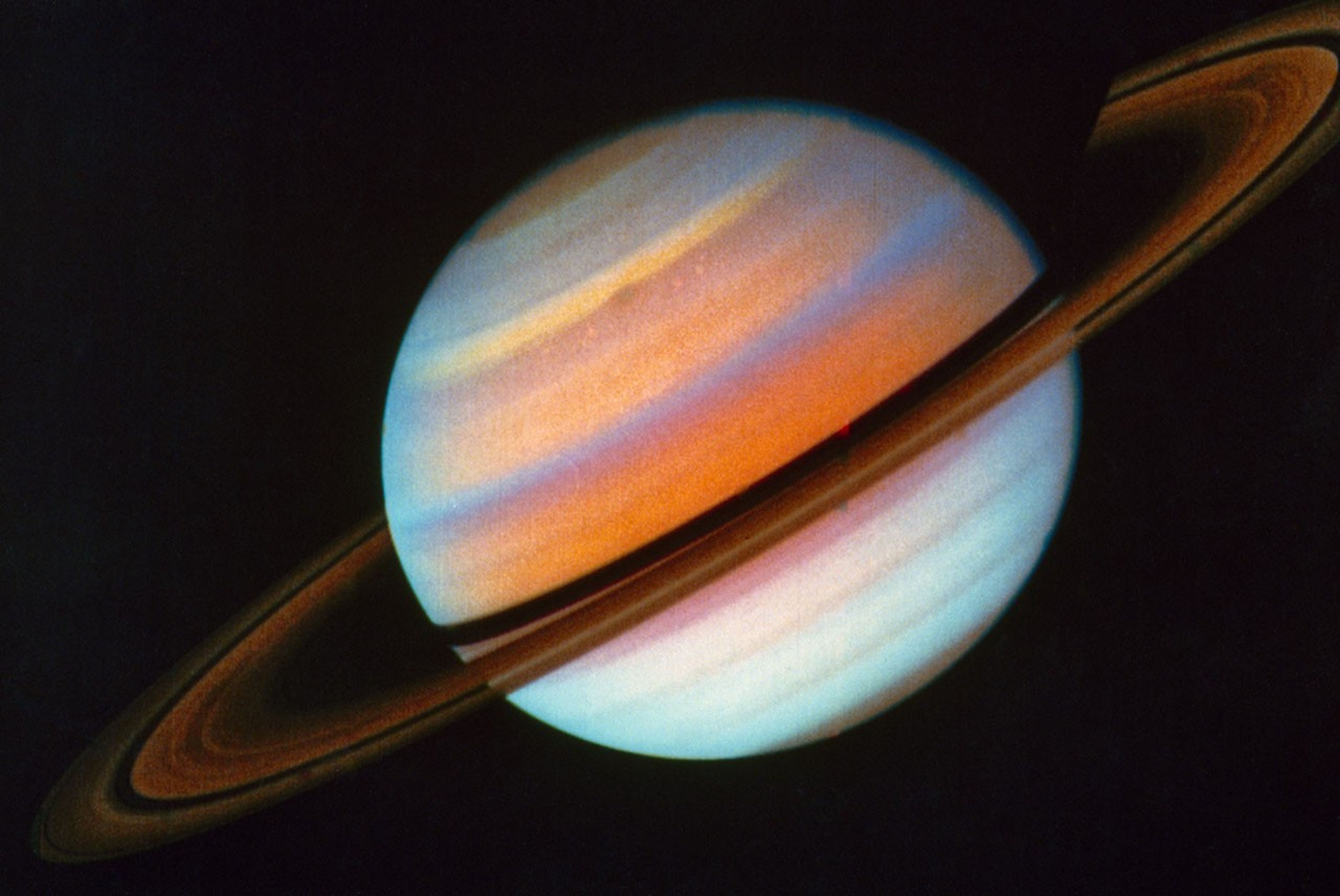
The image, with its huge swatches of blue and orange, could be mistaken for bad abstract art. But to scientists, Voyager 1's 1980 closeup image of Saturn's moon Titan was a masterpiece. It was the closest human beings had come to the permanently haze-enshrouded moon.
Scientists learned volumes about Saturn and Titan during the twin Voyagers' flybys in 1980 and 1981. But they also knew they had to go back.
"Certainly, smoggy Titan is one of those images that led us to say we had to go back. We wanted to know what the surface looked like," said Linda Spilker, a Voyager team member who later moved on to the Cassini mission to explore the Saturnian system in depth.
Thanks to Cassini and the Huygens probe it carried, we now know Titan's surface is covered with complex, icy terrain including large areas of dunes, along with hydrocarbon seas, lakes and rivers. But Titan wasn't the only mystery Voyager uncovered that had scientists angling for a return trip.
The Voyagers found the first signs of grooves and spokes in Saturn's complex rings. It found the surface of Enceladus to be surprisingly smooth – a tantalizing preview of Cassini's later discovery of geysers and a hidden subsurface ocean. And then there was the strange hexagon around Saturn's north pole.
Voyager 2 went on to dazzle with flybys of Uranus, Neptune, continuing to the very edge of our solar system. Built for an intitial journey of five years, the spacecraft is headed into interstellar space and (as of late 2016) is still operating, 38 years after launch. It is currently leaving our solar system at about 38,000 miles (61,000 kilometers) per hour. Voyager 1 left the solar system in 2012.
"When I started working on Voyager, I had no idea how many fundamental new discoveries we would make," said Spilker, who now serves as project scientist for Cassini. "There were times when I literally had to plan when to sleep. I would bring my sleeping bag to work and catch a few hours of sleep in between the times of the most exciting images."
"What motivates me is the sense of being an explorer, of seeing worlds and vistas that no one has seen before," Spilker said. "The Voyager discoveries, such as the beautiful structure in Saturn’s rings, our first views of Saturn’s moons close up, Titan’s hazy atmosphere, and the mysterious Saturn hexagon. Each set of tantalizing pictures left me with a sense of wanting to see more."


































